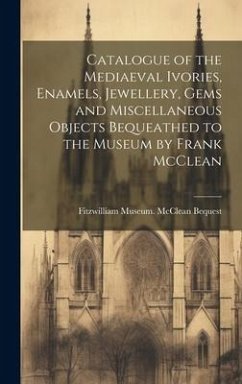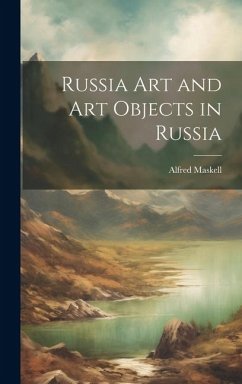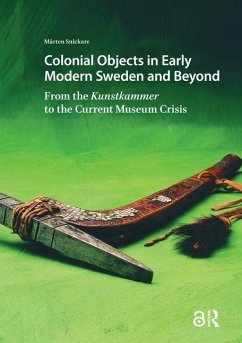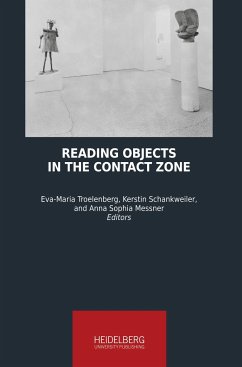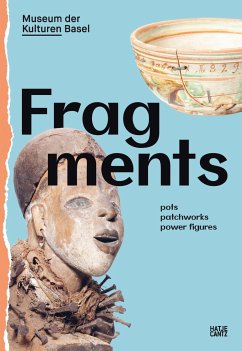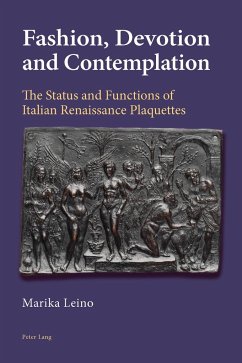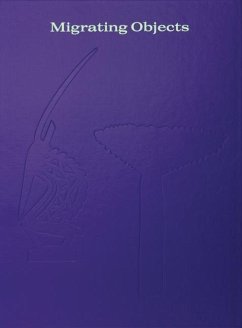
Spontaneous Objects
A Natural History of Art and Its Others
Versandkostenfrei!
Erscheint vorauss. 17. Februar 2026
74,99 €
inkl. MwSt.
In the late medieval and early modern periods, European artists, theorists, and natural philosophers imagined Nature not simply as a force of reproduction but as an artist in its own right--a creative power capable of generating images, artifacts, and objects of beauty. Tracing this idea from the fifteenth through early nineteenth centuries, Rebecca Zorach challenges assumptions about human artistic genius and intention that have long dominated histories of art and science. With inspiration from new materialist theory, Zorach reclaims a largely disregarded undercurrent of historical thought ab...
In the late medieval and early modern periods, European artists, theorists, and natural philosophers imagined Nature not simply as a force of reproduction but as an artist in its own right--a creative power capable of generating images, artifacts, and objects of beauty. Tracing this idea from the fifteenth through early nineteenth centuries, Rebecca Zorach challenges assumptions about human artistic genius and intention that have long dominated histories of art and science. With inspiration from new materialist theory, Zorach reclaims a largely disregarded undercurrent of historical thought about the powers of nature. Through case studies ranging from Renaissance centaurs and snails to Adam Smith's beaver hat and Kant's travelers' tales, Zorach investigates how ideas about nature's generative power unsettled conventional definitions of image, artifact, and artistic intention. At the same time, Zorach also confronts the violent legacies of a different vision of nature's power: as European empires expanded, emerging natural philosophies contributed to global colonial imaginaries and racial hierarchies, reframing nature as a force to be classified, controlled, and exploited. In seeking to understand whether and how these views of nature cohere, Zorach excavates how the historical formation of the "human" and the "natural" depends on ideas about artistic production and artistic intention. A significant contribution to art history, visual culture, and environmental humanities, Spontaneous Objectswill engage scholars interested in the intersections of art, science, theology, and colonial modernity.





